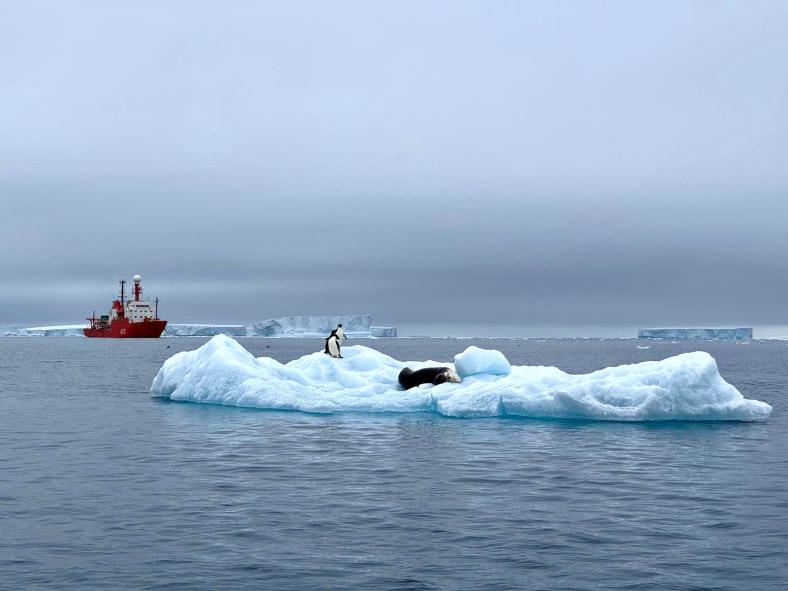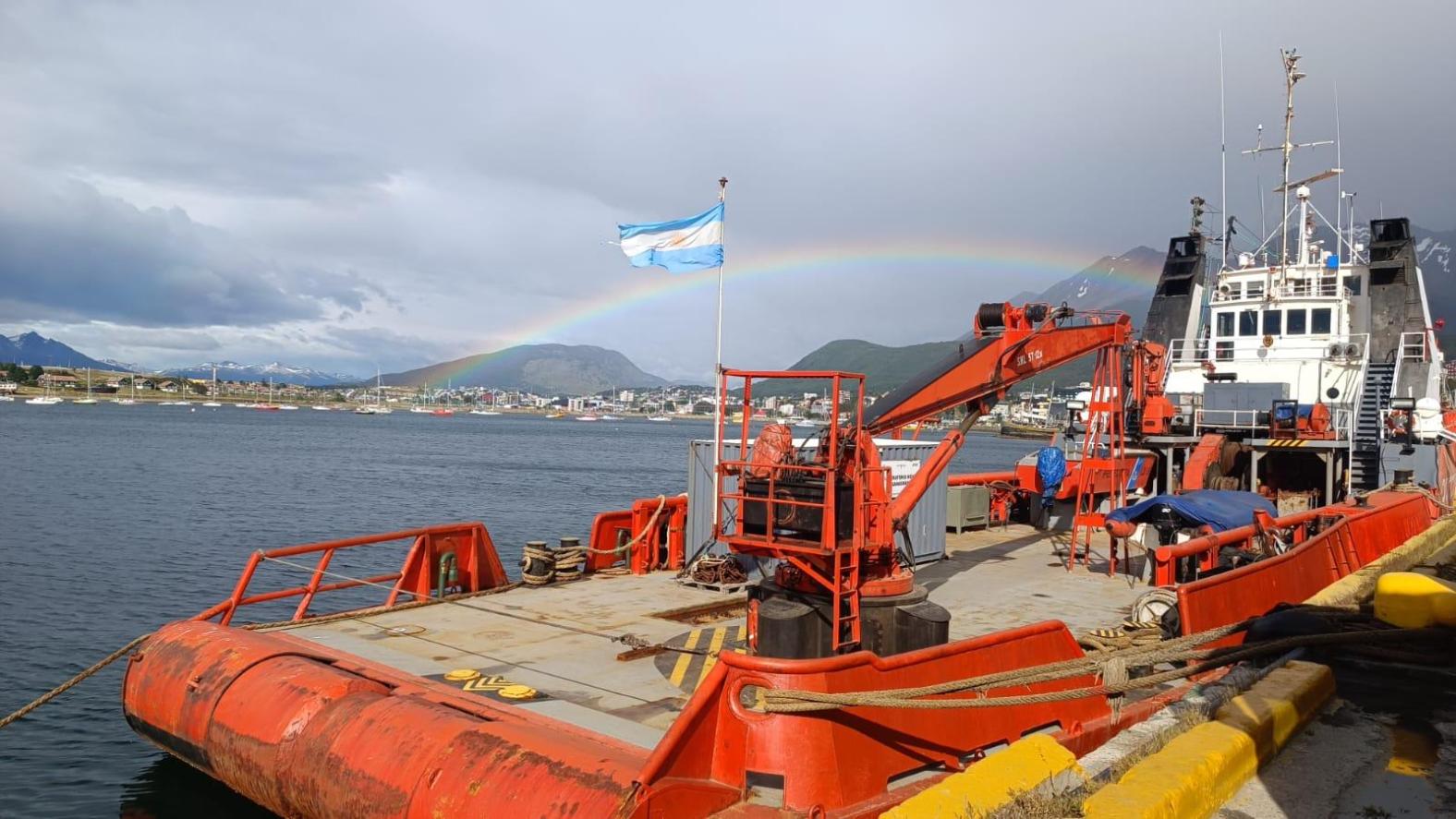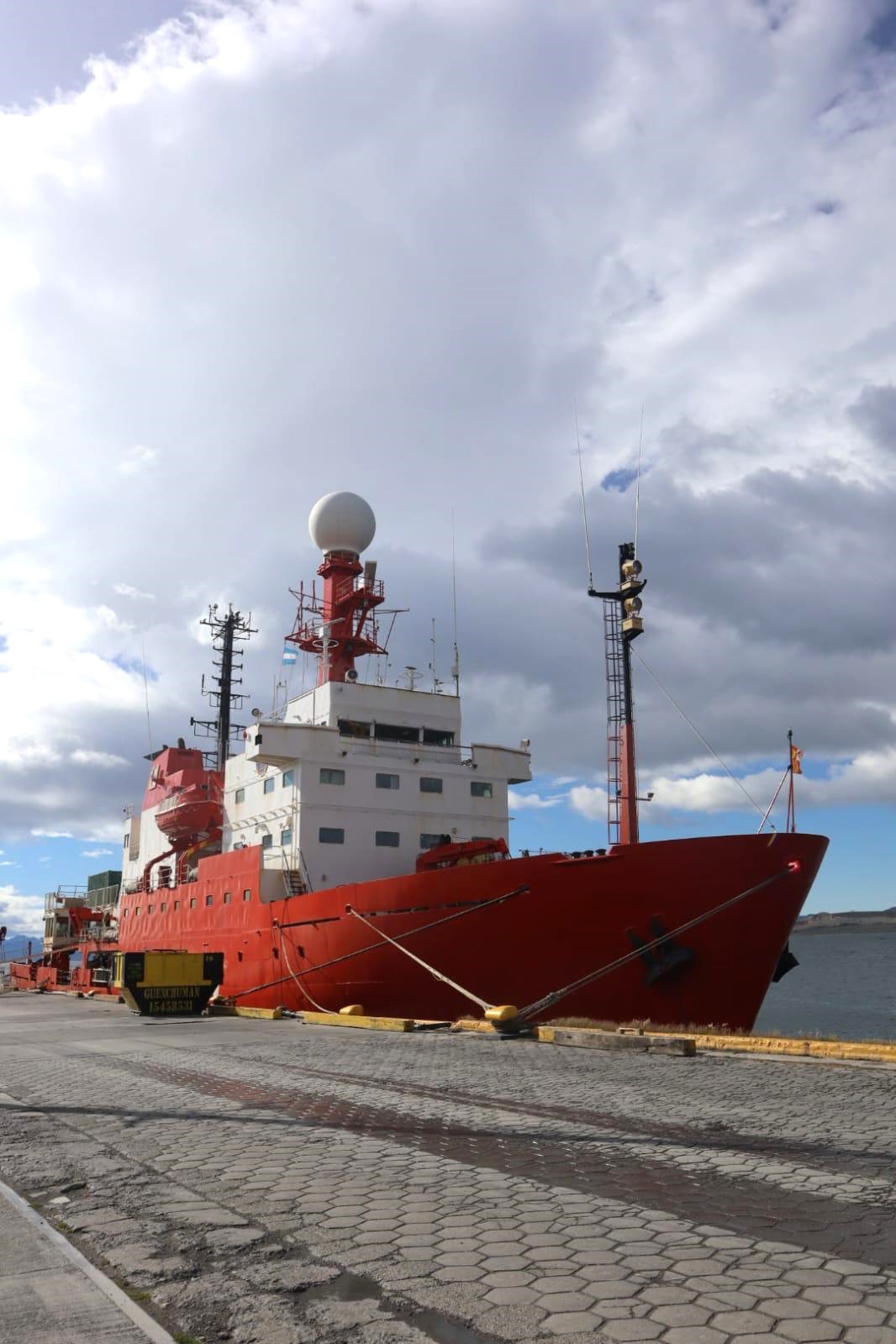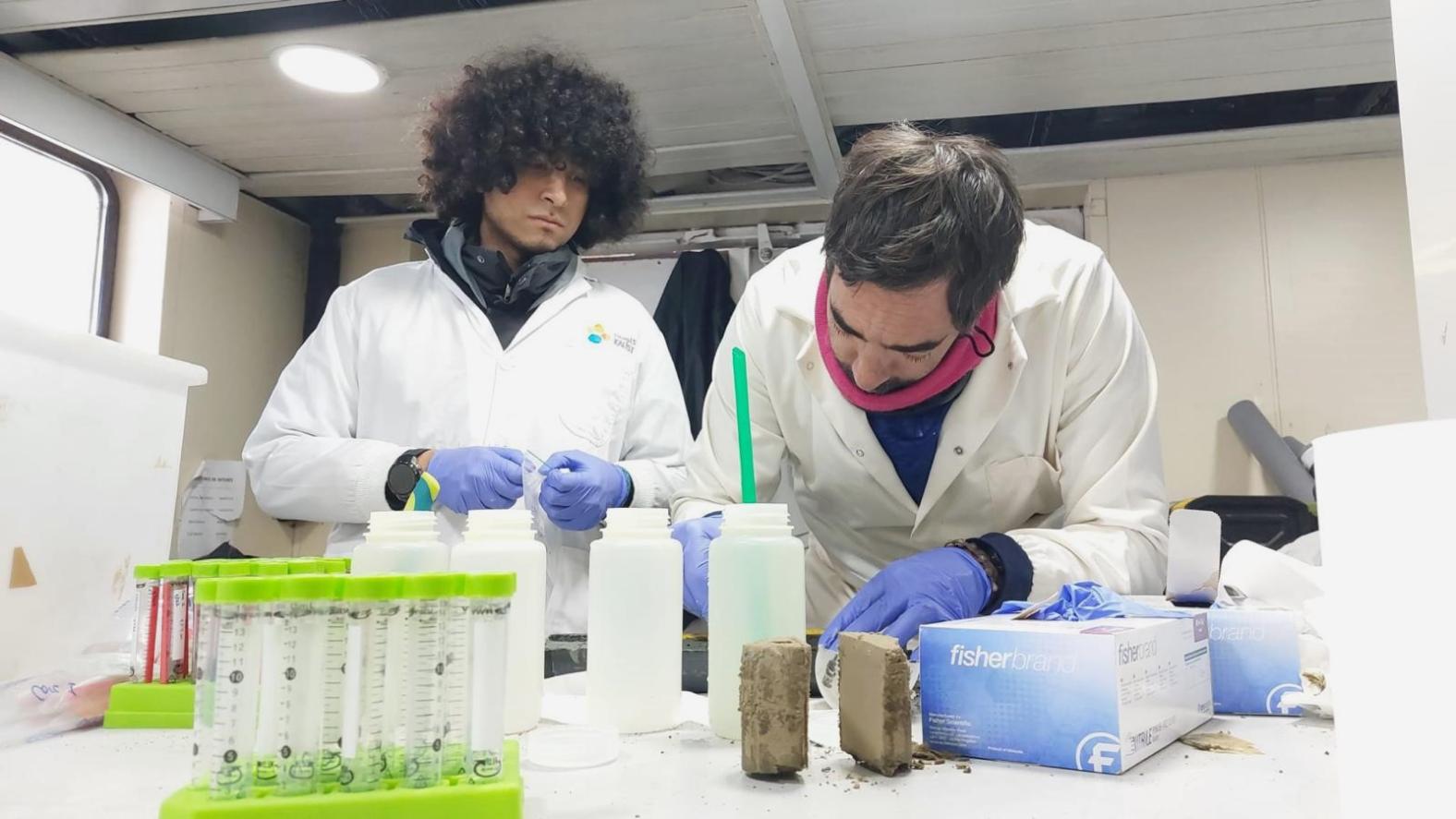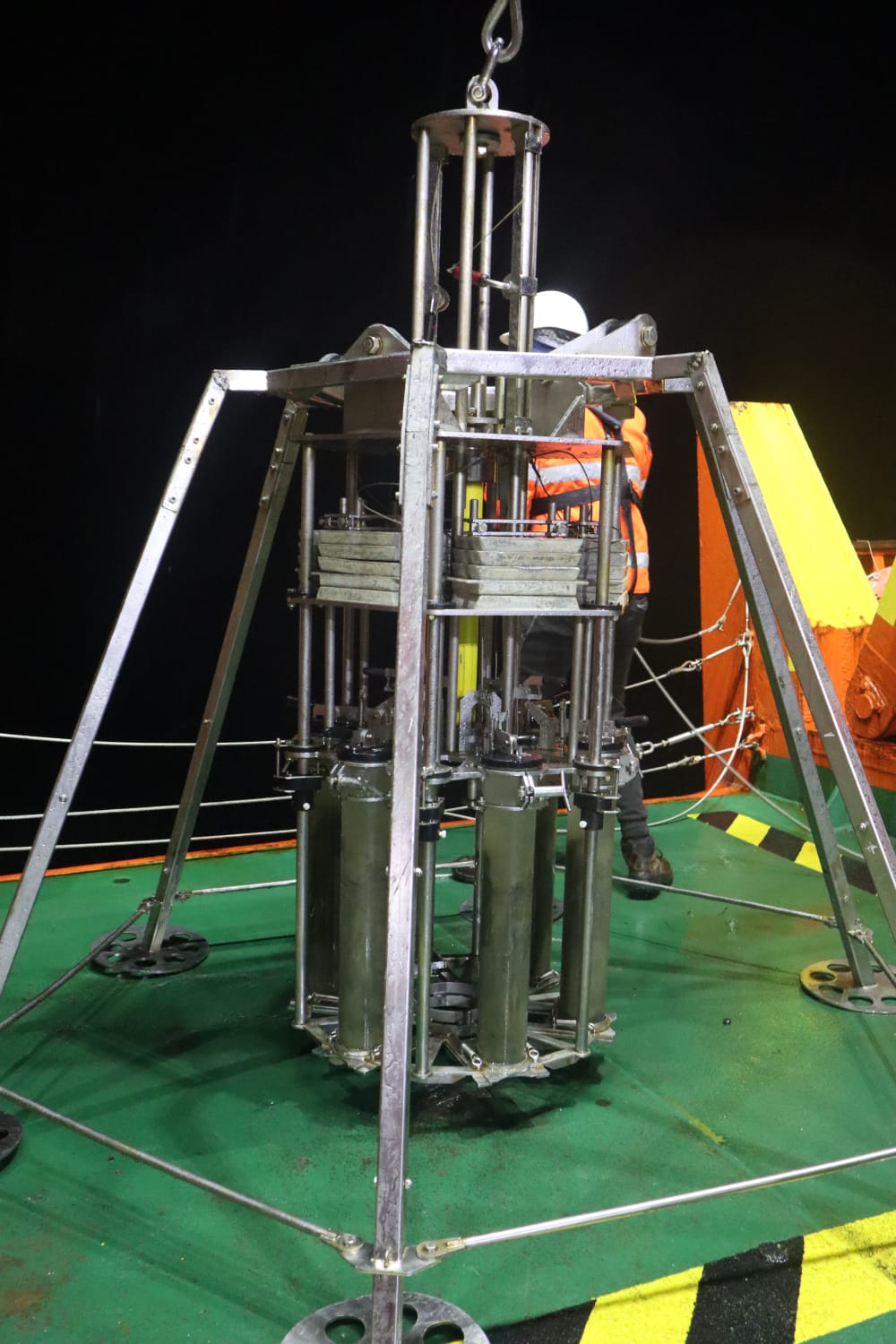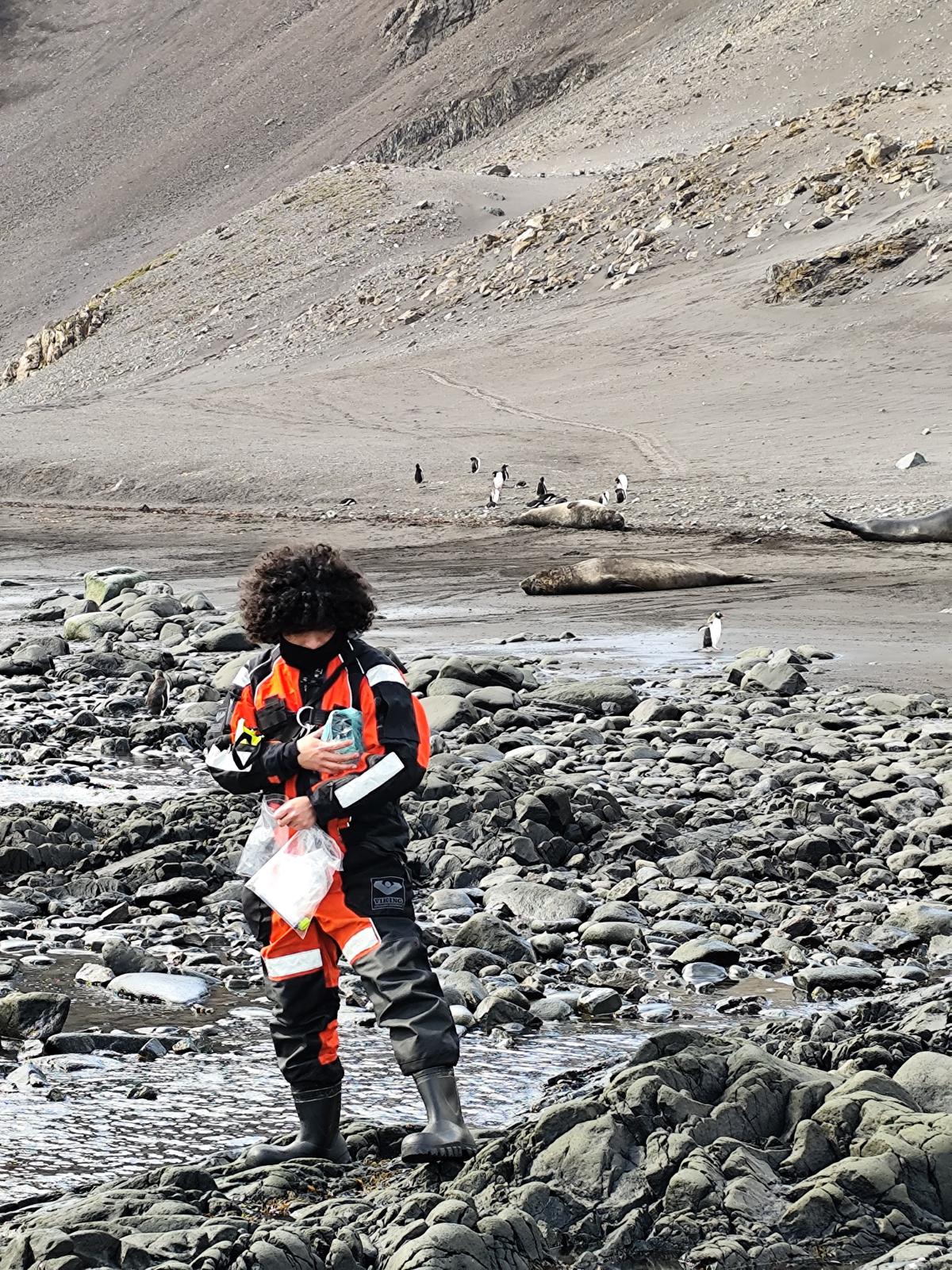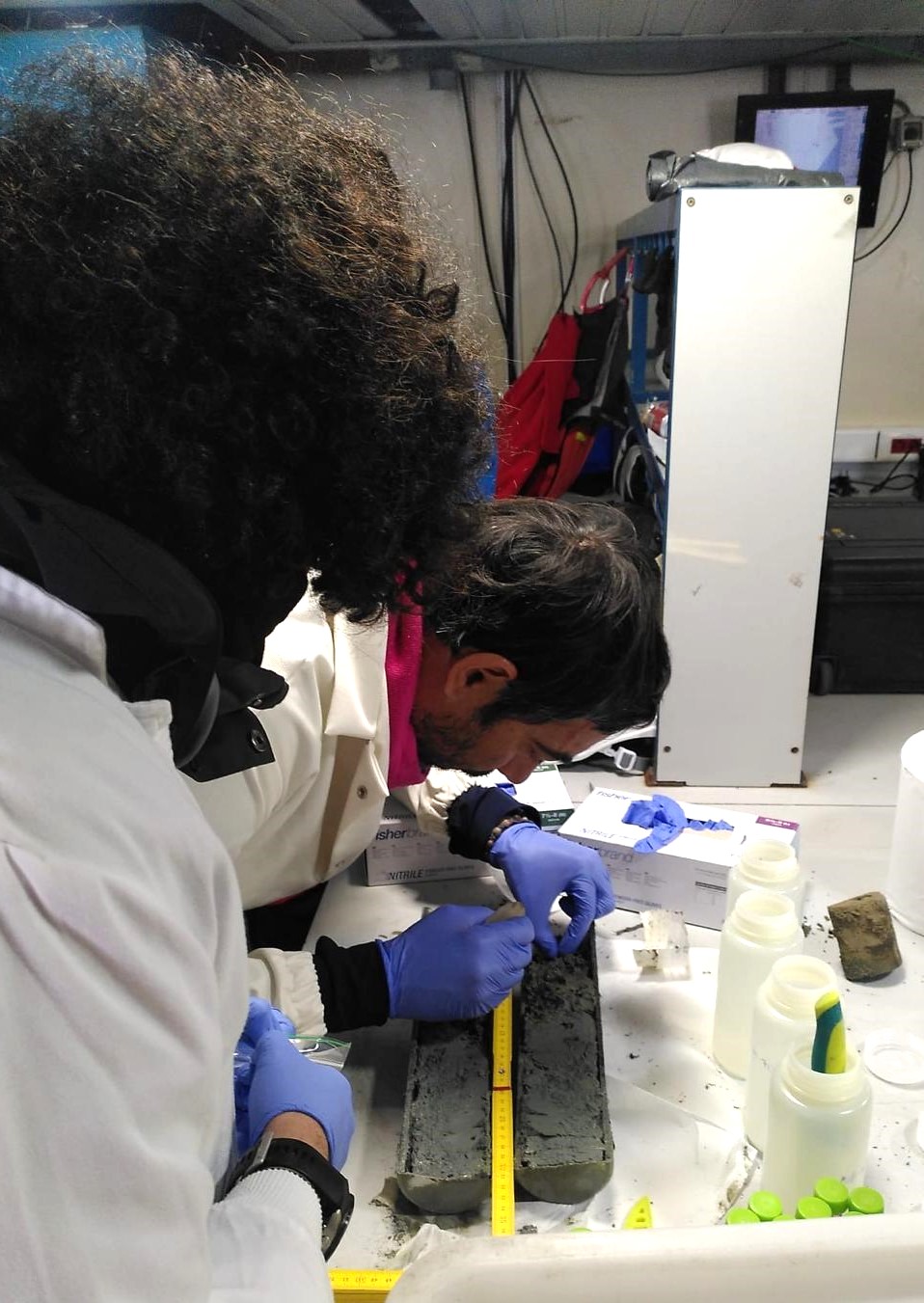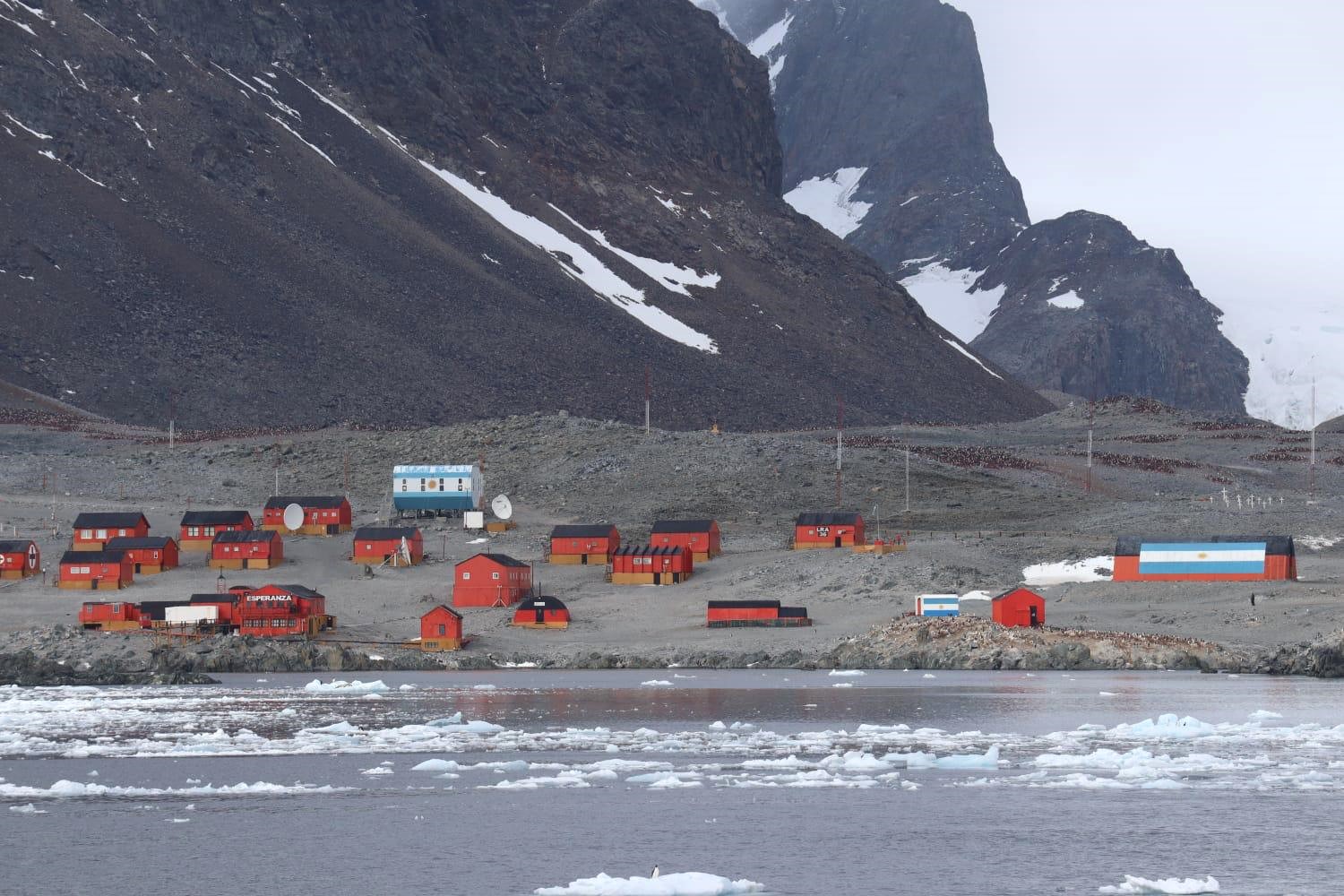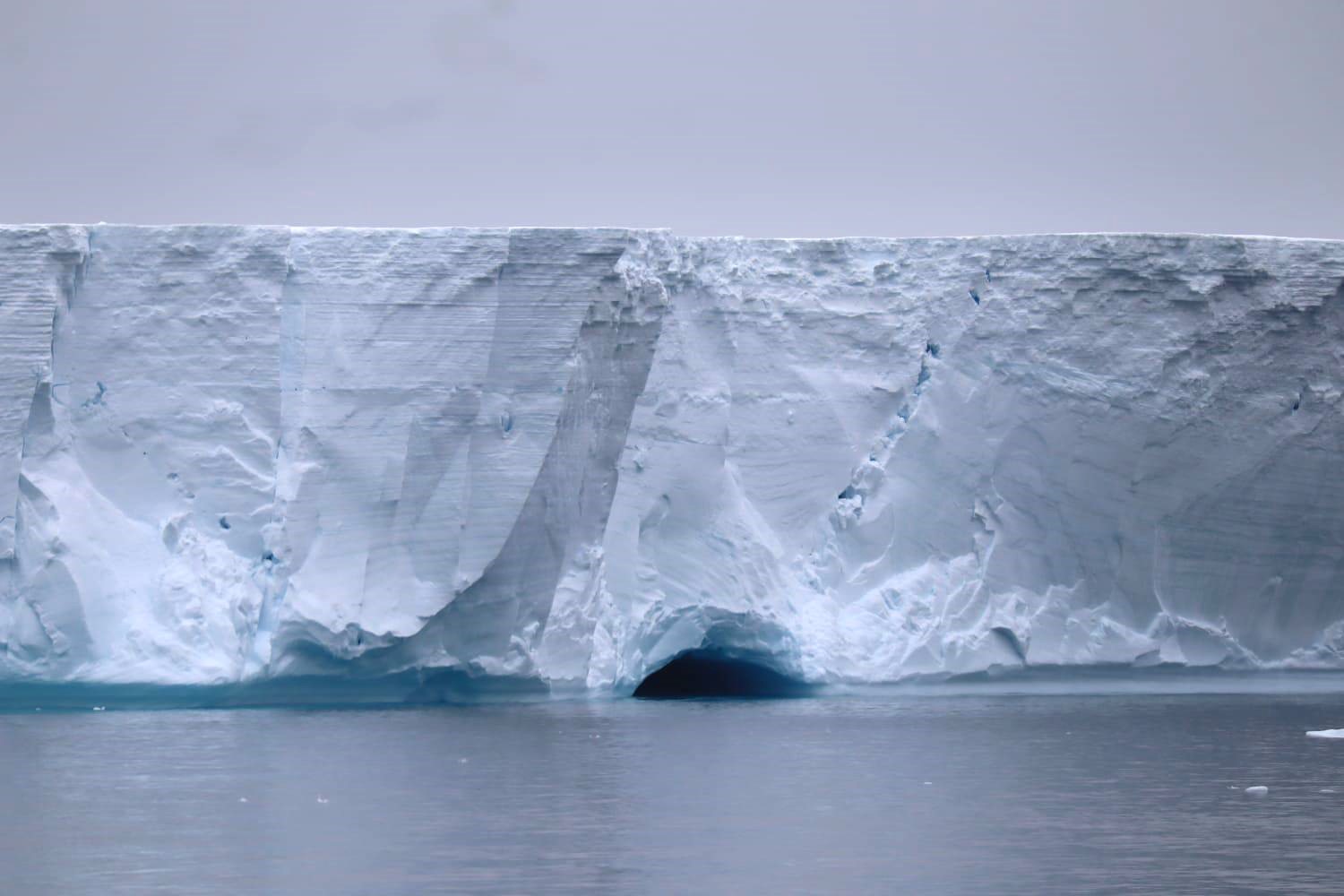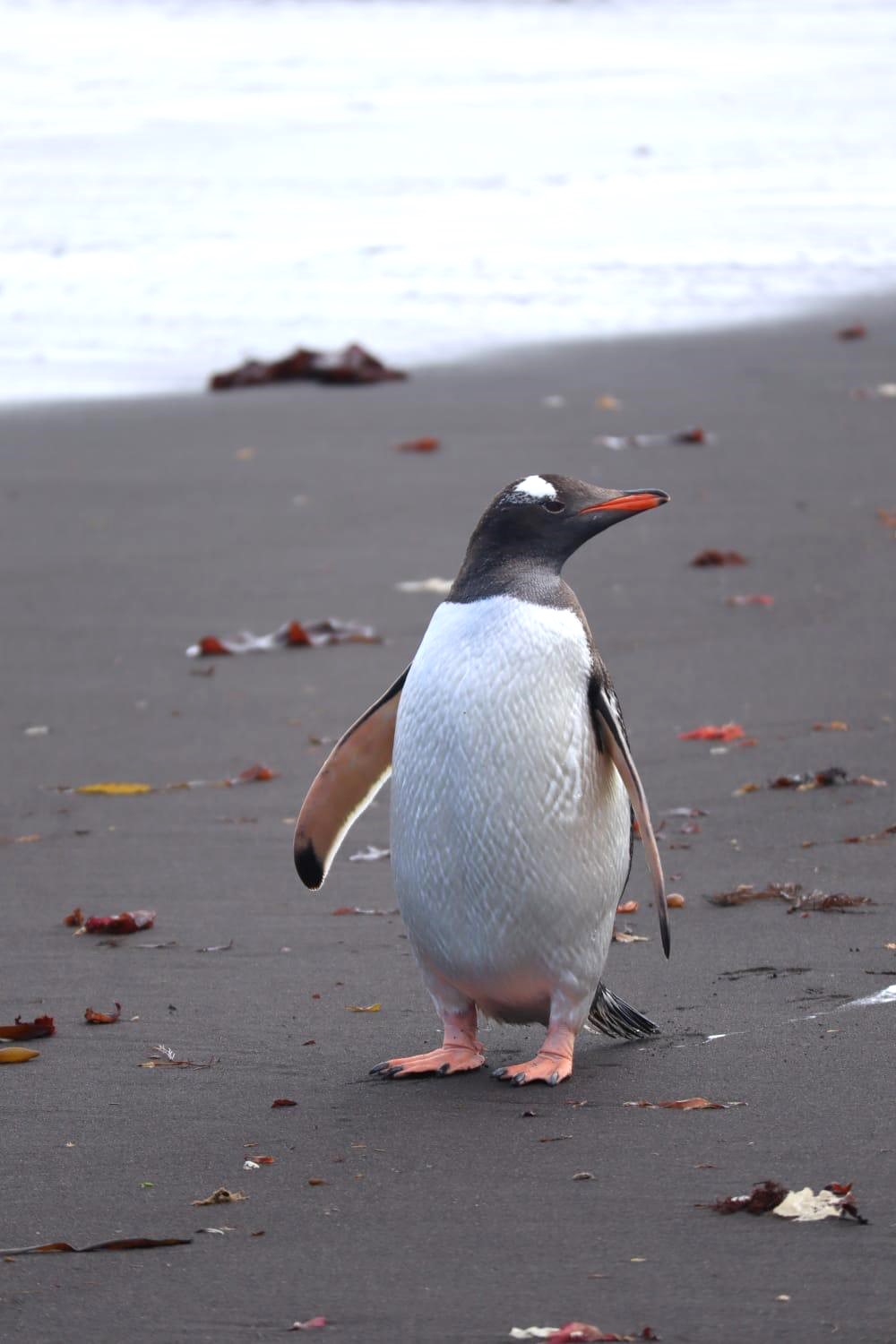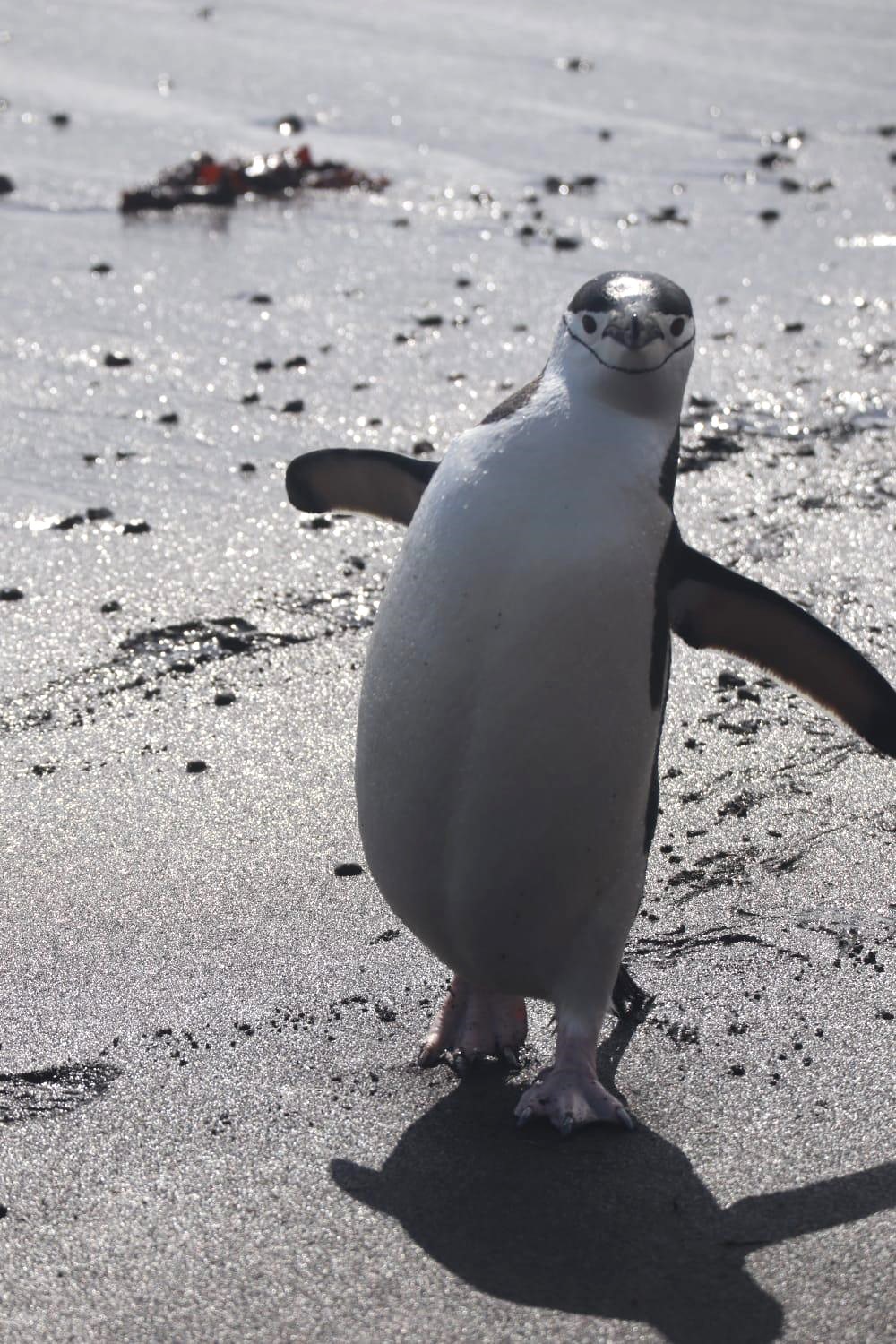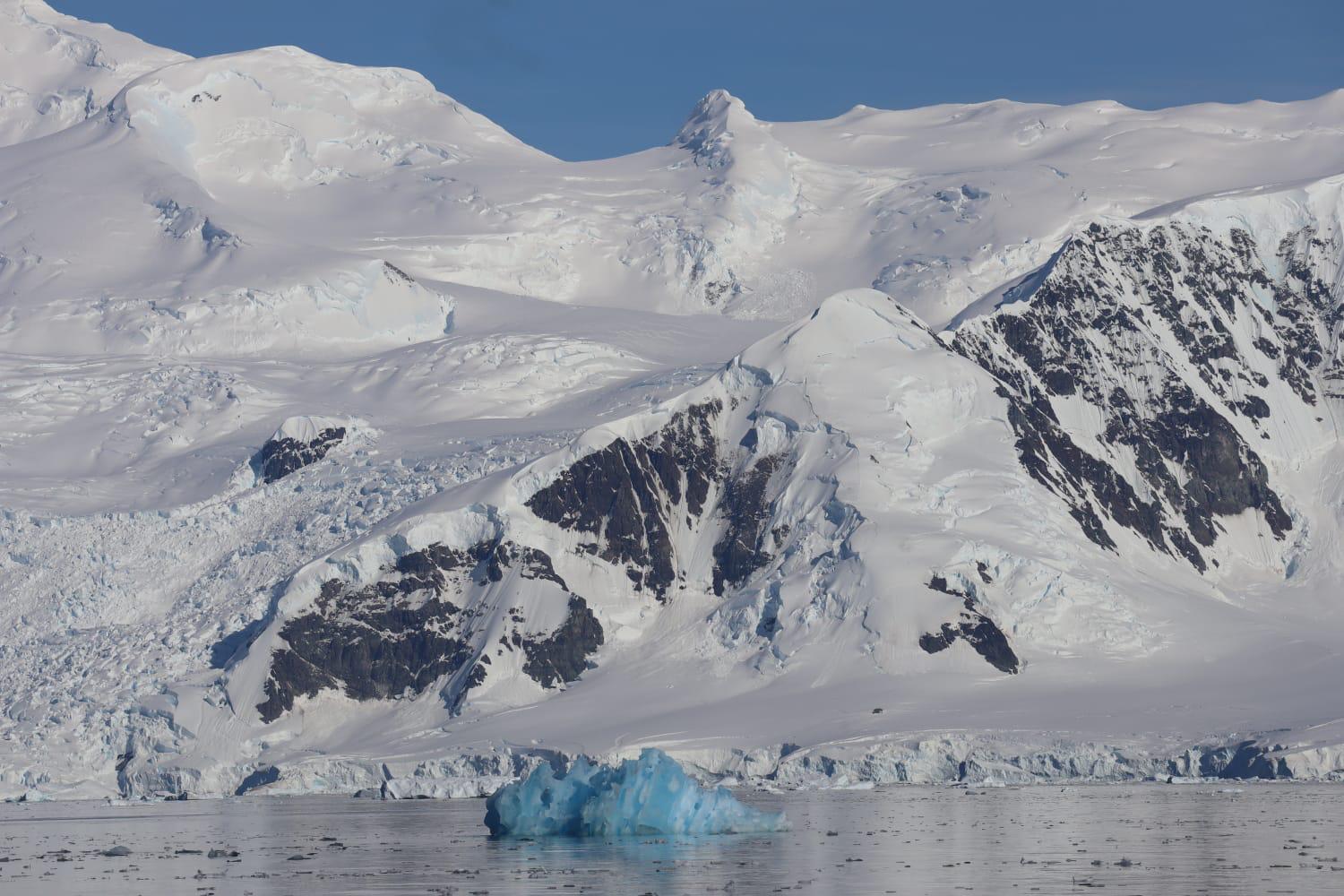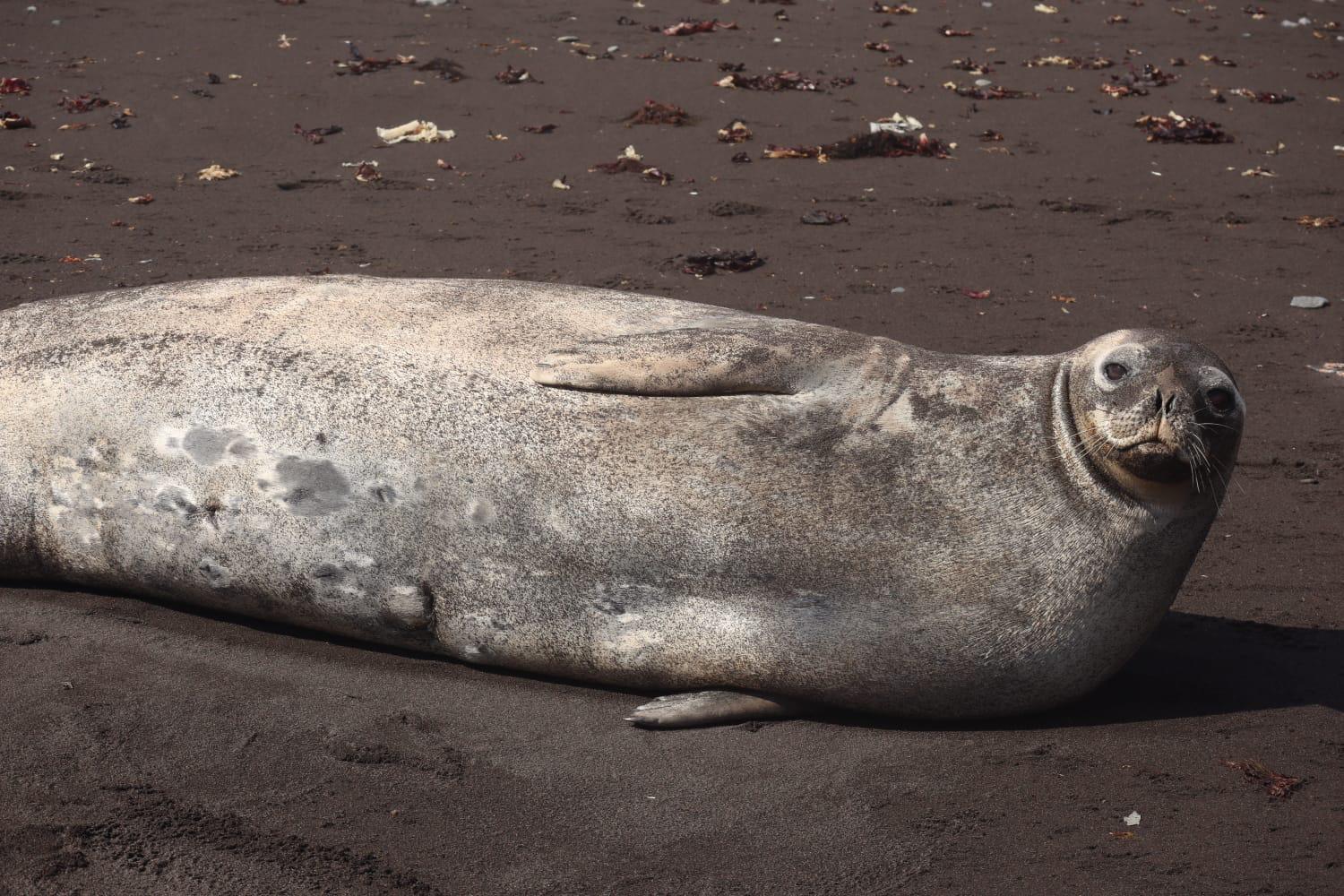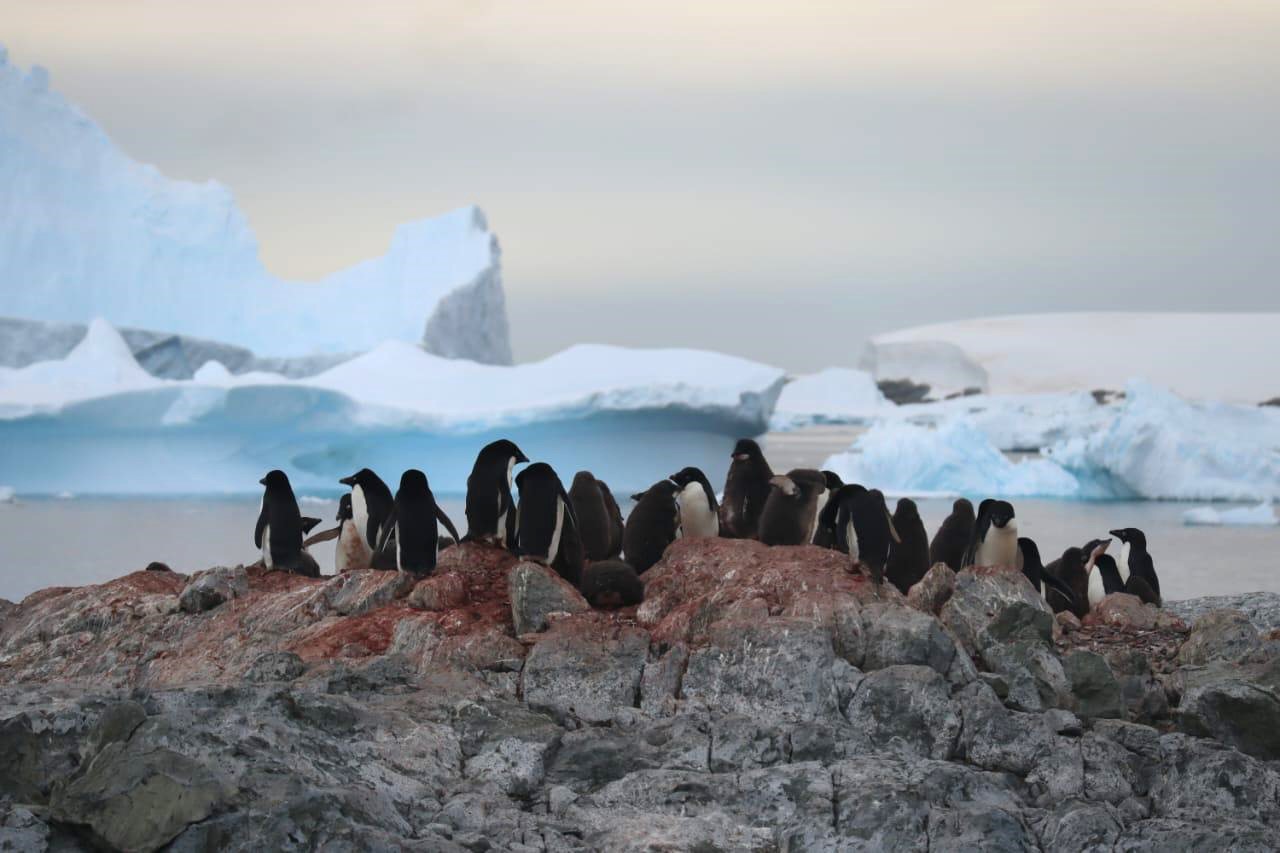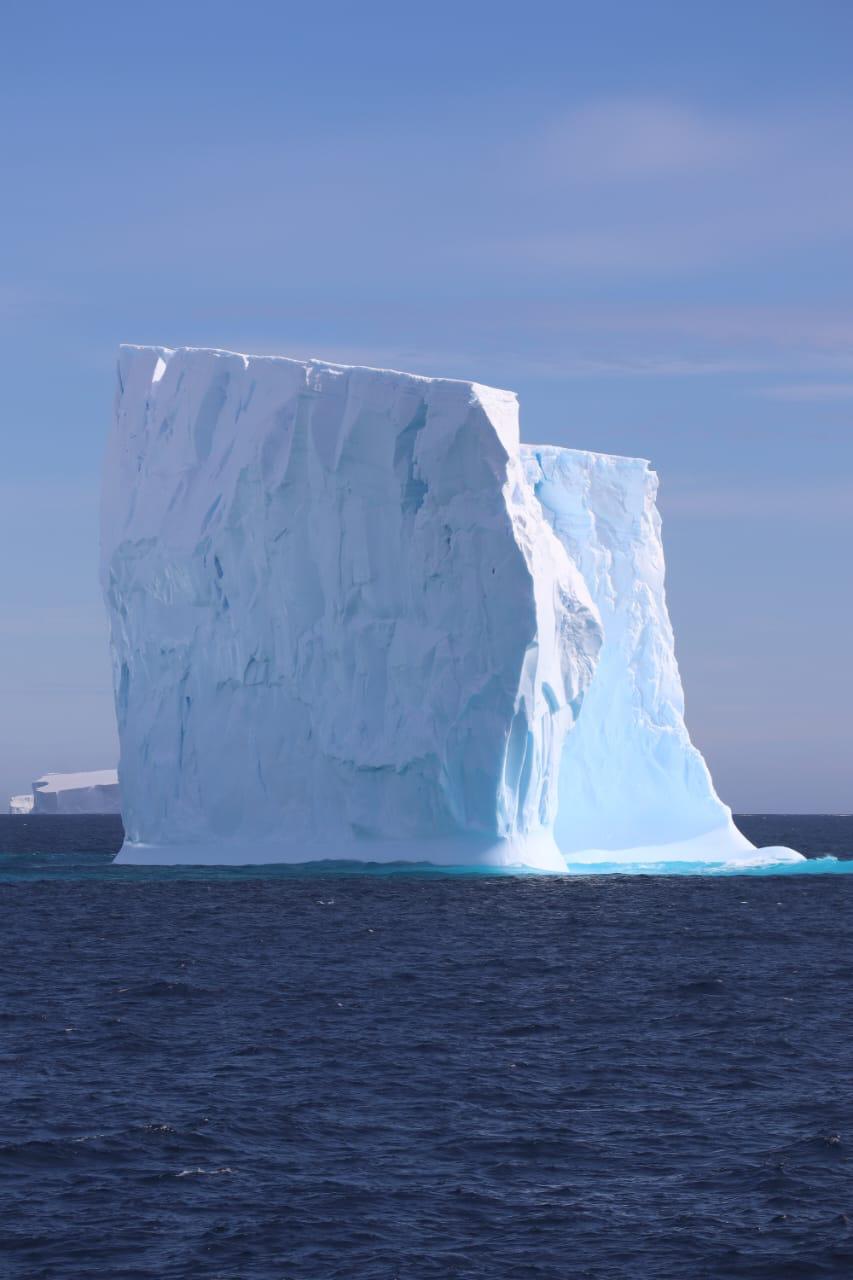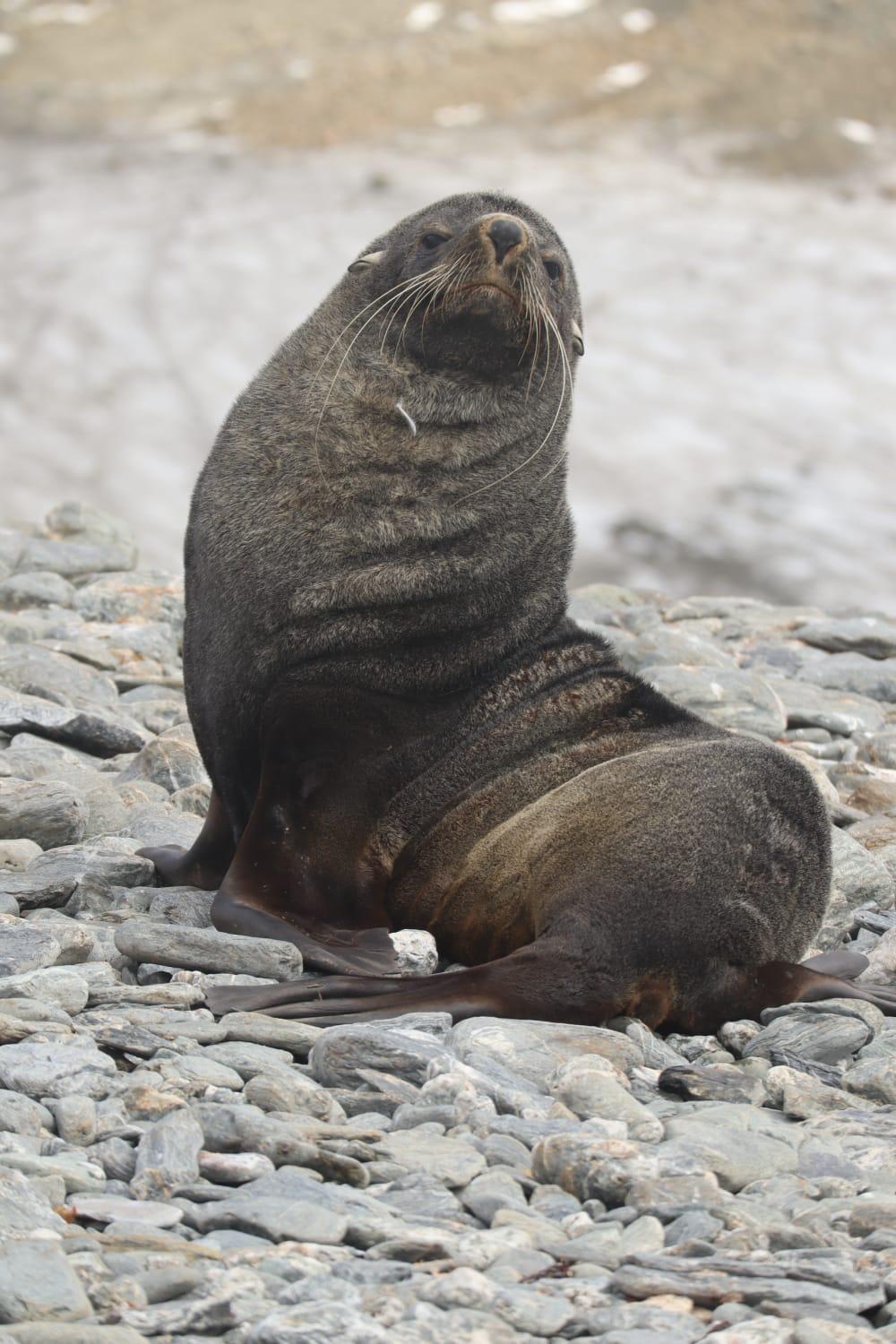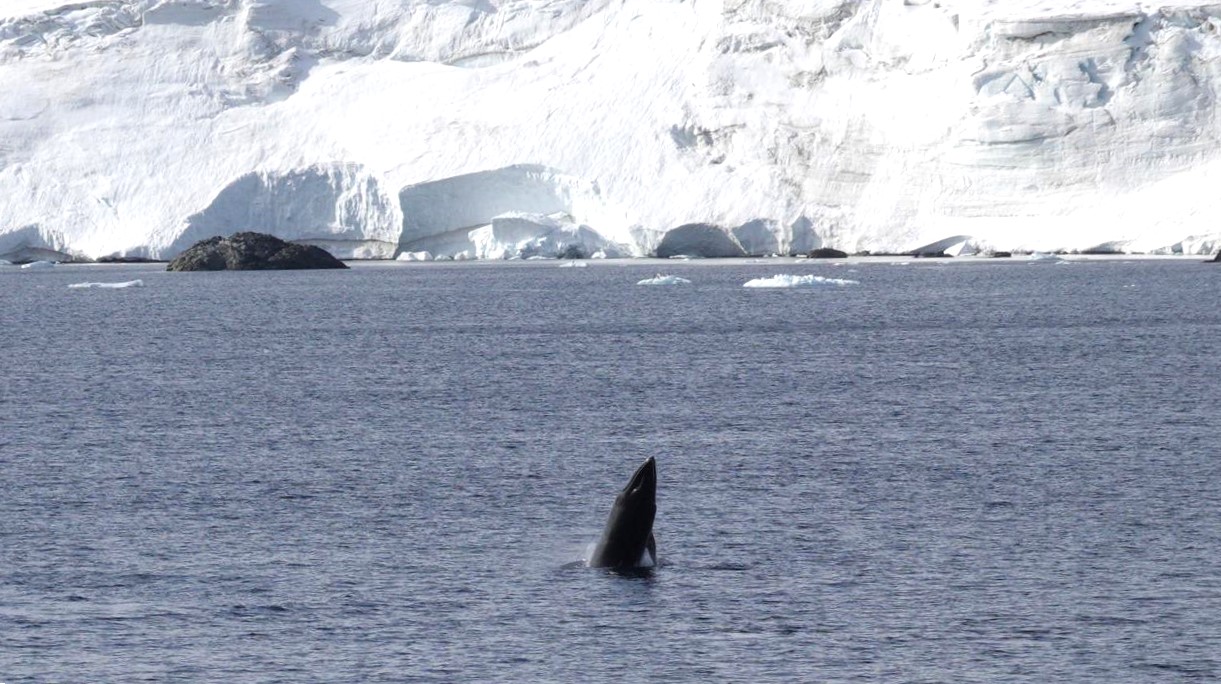Exciting Antarctica fieldwork finishes after seven weeks of extensive sampling by KAUST team.
In early January, Convex Seascape Survey partners from King Abdullah University of Science and Technology (KAUST) in Saudi Arabia, headed to the Antarctic to begin seven weeks of detailed research investigating the origins of Antarctic carbon stores and how they have accumulated over time.
Led by renowned scientist Prof Carlos Duarte, the research aims to confirm or reject the role of great whales in supporting carbon sequestration in the ocean. Whales play a crucial role in ocean nutrient cycling through their faecal plumes, which disperse nitrogen and iron, boosting phytoplankton productivity and supporting carbon sequestration in ocean sediment. When they die, whale bodies also deposit large amounts of carbon on the seafloor where it can be buried and stored for centuries.
Although we know that great whales play a crucial ecological role, there’s a lack of evidence for their role in carbon sequestration and the climate benefits of rebuilding great whale populations. Professor Duarte explains that the topic “remains controversial as it is based on back-of-the-envelope calculations involving multiple assumptions”. The KAUST team hope to remedy this.
In January, Dr Carlos Preckler and PhD candidate Diego Rivera, joined the CHALLENGE-2 project aboard the Spanish research vessel BIO Hespérides to carry out extensive sampling and data analyses along the Antarctic Peninsula. The link between great whale populations and carbon deposits should be most evident in this region, where great whales were previously hunted to near-extinction but have recently shown recovery. Using sediment core samples, the team will be able to date carbon deposits over time, while also using environmental DNA analyses to spot markers left by living creatures, such as whales, passing through the environment. This data will help them to reconstruct historical whale populations and unravel the correlation with carbon burial.
In addition, the team also plan to study the role of microalgae in Antarctic carbon burial. The important contribution of microalgae to this process is well understood for the Arctic, but vast algal forests have been recently discovered in Antarctica and the extent of their impact is yet to be established.
After completing their work on the ship, Carlos and Diego left the research vessel in late February. The sediment cores remain onboard, stored carefully to preserve the integrity of the samples. The cores will be unloaded when the BIO Hespérides finishes her research cruise in June and will be transported back to KAUST ready for laboratory analyses to begin.
Scroll down to see Diego’s amazing photos of the team at work and the local wildlife…
